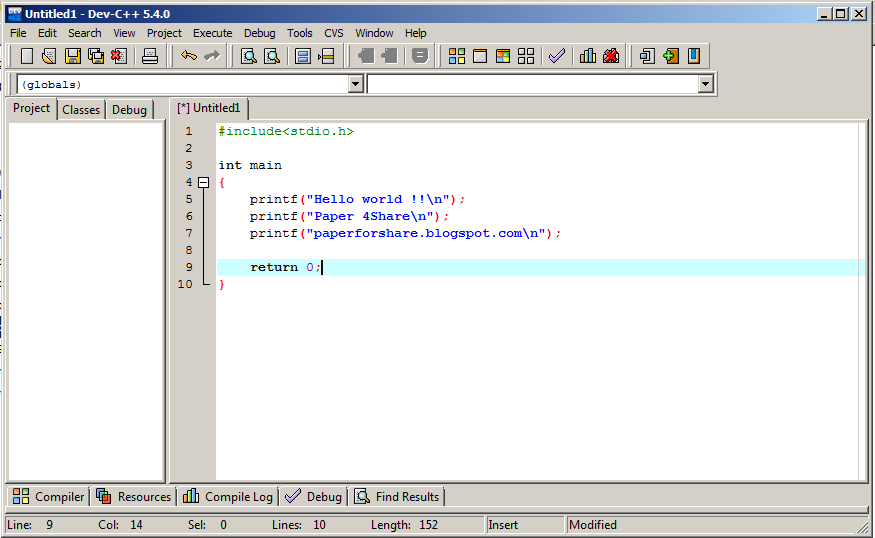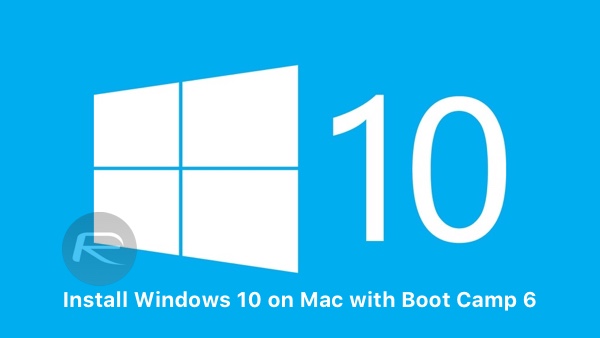Windows 10 Boot Camp Mac Mid 2010
If Apple is restricting your Mac's Boot Camp app to only install Windows 7, gain the ability to install Windows 10 with this quick edit. How to install Windows 10 in Boot Camp on unsupported. Boot Camp Assistant prepares your Mac by creating a new partition for Windows named BOOTCAMP and downloading the Boot Camp support software. Important: If you’re using a portable Mac, connect it to a power source before continuing. Dec 10, 2019 For more information about using Windows on your Mac, open Boot Camp Assistant and click the Open Boot Camp Help button. If you're using an iMac (Retina 5K, 27-inch, Late 2014) or iMac (27-inch, Late 2013) or iMac (27-inch, Late 2012) with a 3TB hard drive and macOS Mojave or later, learn about an alert you might see during installation.
- Windows 10 Boot Camp Mac Mid 2010 For Sale
- Windows 10 Bootcamp Imac Mid 2010
- Boot Camp Mac Problems
- Windows 10 Boot Camp Mac Mid 2010 Mac
FWIW, I have Windows10 Pro running on an early 2009 24' iMac.
I had to take a round about route to do it and and to manually
- Jan 22, 2017 Boot Camp supports 64-bit versions of Windows 10 when used with a supported Mac. It is highly recommended to always use the most recent driver version available. Try to set a system restore point before installing a device driver.
- Feb 15, 2014 Boot Camp supports Windows XP, Boot Camp is a Mac OS X utility that lets you run Windows on your Mac without relying on virtual machines or crippled emulators. (Mid 2010) - Mac Pro (Mid.
- Hi, I am replying to you from a mid 2010 mac book pro 13, using Windows 10 in Boot Camp. I upgraded from windows 7 Ultimate. My boot camp version is 4.0. The only two issues I am experiencing are.
install some drivers but it is working just fine in 64 bit mode.
First I had to install Windows7 Pro 64 bit and activate it. Then
I installed the Creators update. That's when the fun began with
drivers. It took some Googling and a bit of 'mix and match'
manual driver installs, but I finally did get all working. As an
additional oddity, there were a couple drivers that for what ever
reason I had to install twice for them to work. Then again, it was
Windows, LOL.
So, it can be done at least for this model, but unfortunately, I didn't
document the whole process.
Boot Camp Assistant User Guide
You need an external USB drive to install Windows on older Mac computers. To find out whether you have a Mac that requires an external USB drive, see the “Learn more” section in the Apple Support article Install Windows 10 on your Mac with Boot Camp Assistant. If your Mac is a newer model that doesn’t require a USB drive, follow the instructions in Install Windows on your newer Mac using Boot Camp instead.
What you need
The keyboard and mouse or trackpad that came with your Mac. (If they aren’t available, use a USB keyboard and mouse.)
A blank 16 GB or larger external USB 2 flash drive, formatted as MS-DOS (FAT).
To format an external USB drive as MS-DOS (FAT), use Disk Utility, located in /Applications/Utilities. In Disk Utility, choose View > All Devices, select the USB drive in the sidebar, then click Erase in the toolbar. In the dialog, enter a name for the drive, choose MS-DOS (FAT) from the Format pop-up menu, choose Master Boot Record from the Scheme pop-up menu, then click Erase.
A full-installation, 64-bit version of Windows 10 on a disk image (ISO file) or other installation media.
You can download a Windows 10 Disc Image (ISO File) from Microsoft.
Sufficient free storage space on your startup drive. For information about the amount of free space needed, see the Apple Support Article Install Windows 10 on your Mac with Boot Camp Assistant.
Before you begin
Before you install Windows, make sure you back up important files.
 All the standard features needed to write, build, debug and execute the programs written in C are included in the Dev-C environment. For various languages such as DEV-C, they are different when you want to write programs in C. An IDE is a featured environment that supports, runs and produces the desired result for writing a language. Dev-C was designed for the hard-core programmer C since it allows you to create your entire source code without the simple features common to most start-up programming environments.
All the standard features needed to write, build, debug and execute the programs written in C are included in the Dev-C environment. For various languages such as DEV-C, they are different when you want to write programs in C. An IDE is a featured environment that supports, runs and produces the desired result for writing a language. Dev-C was designed for the hard-core programmer C since it allows you to create your entire source code without the simple features common to most start-up programming environments.
You can use Time Machine or any other method to back up your files. For information about backing up files, see Back up your files with Time Machine and Ways to back up or protect your files.
Perform the installation
Do the following steps in order.
Step 1: Check for software updates
Before you install Windows, install all macOS updates.
On your Mac, log in as an administrator, quit all open apps, then log out any other users.
Choose Apple menu > System Preferences, click Software Update, then install all available updates.
If your Mac restarts after installing an update, open Software Update again to install any additional updates.

Step 2: Prepare your Mac for Windows
Boot Camp Assistant prepares your Mac by creating a new partition for Windows named BOOTCAMP and downloading the Boot Camp support software.
Important: If you’re using a portable Mac, connect it to a power source before continuing.
Connect an external USB drive or insert a flash drive into the USB port on your Mac; keep it connected or inserted while you install Windows and the Windows support software.
On your Mac, open Boot Camp Assistant , located in /Applications/Utilities.
At the introduction screen, click Continue.
The system is checked for total available disk space. Older Time Machine snapshots and cached iCloud files are removed to make space for Boot Camp. This process may take a long time to complete (you can click the Stop button to skip this process).
At the Select Tasks step, select all the tasks, then click Continue.
At the Create Bootable USB Drive for Windows Installation step, choose the Windows ISO image and the USB drive, then click Continue.
The Windows files are copied to the USB drive. This process may take a long time to complete (you can click the Stop button to interrupt this process).
At the Create a Partition for Windows step, specify a partition size by dragging the divider between the macOS and Windows partitions. If you have multiple internal hard drives, you can select a different hard drive from the one running macOS and create a single partition on that drive to use solely for Windows.
Click Install.
When this step is complete, the Windows installer starts.
Windows 10 Boot Camp Mac Mid 2010 For Sale
Step 3: Install Windows
In the Windows installer, follow the onscreen instructions.
When you’re asked where to install Windows, select the BOOTCAMP partition (you may need to scroll through the list of partitions to see it), then click Next.
WARNING: Do not create or delete a partition, or select any other partition. Doing so may delete the entire contents of your macOS partition.
Continue following the onscreen instructions to finish installing Windows.
After you install the Windows software, your Mac automatically restarts using Windows.
Follow the onscreen instructions to set up Windows.
Step 4: Install Boot Camp on Windows

Windows 10 Bootcamp Imac Mid 2010
After installing Windows, Boot Camp drivers that support your Mac hardware start installing.
Note: If the support software doesn’t install automatically, you need to install it manually. For instructions, see the Apple Support article If the Boot Camp installer doesn't open after using Boot Camp Assistant.
Boot Camp Mac Problems
In the Boot Camp installer in Windows, follow the onscreen instructions.
Important: Do not click the Cancel button in any of the installer dialogs.
If a message appears that says the software you’re installing has not passed Windows Logo testing, click Continue Anyway.
You don’t need to respond to installer dialogs that appear only briefly during installation, but if a dialog asks you to install device software, click Install.
If nothing appears to be happening, there may be a hidden window that you must respond to. Look behind open windows.
When the installation is complete, click Finish, then click Yes to restart your Mac.
After your Mac restarts, follow the instructions for any other installers that appear.